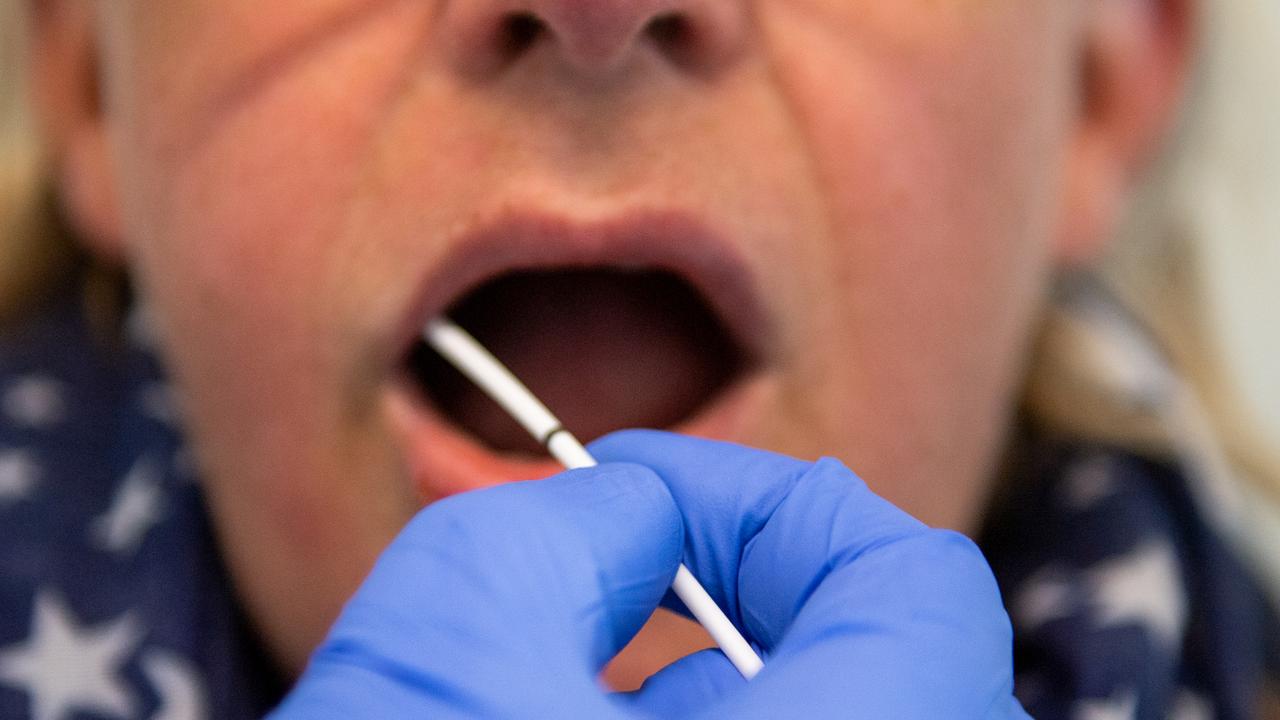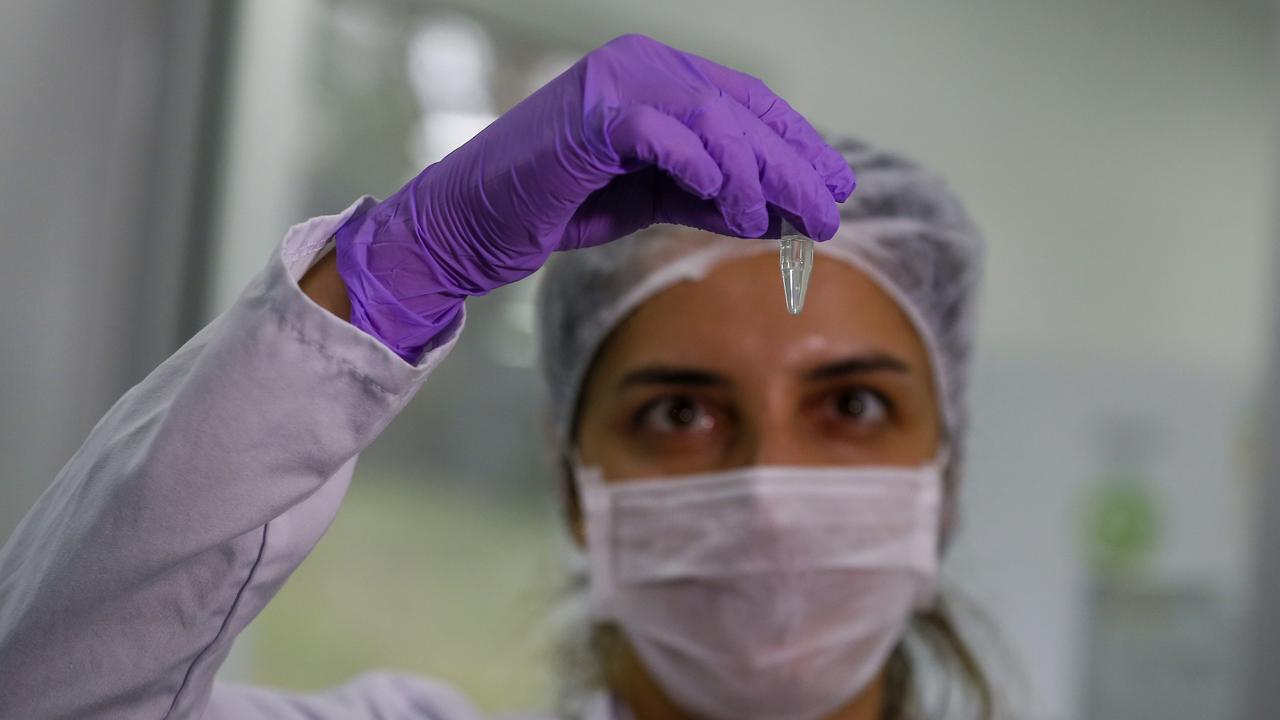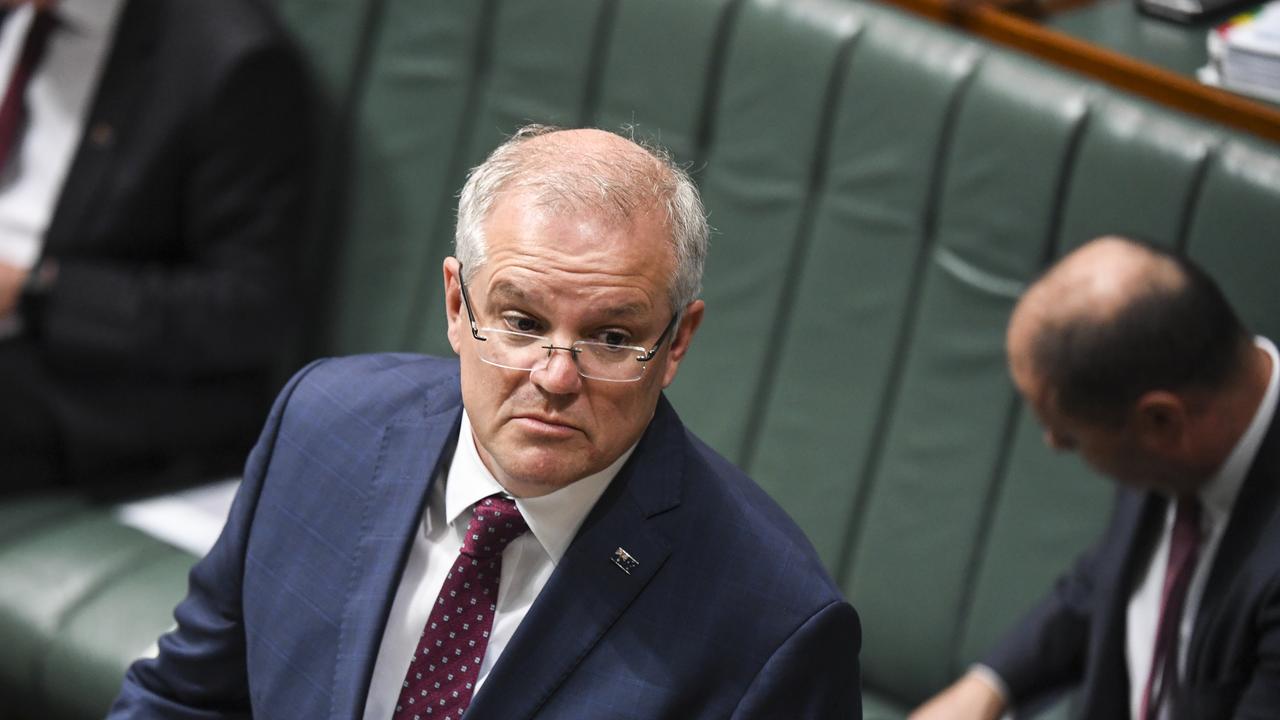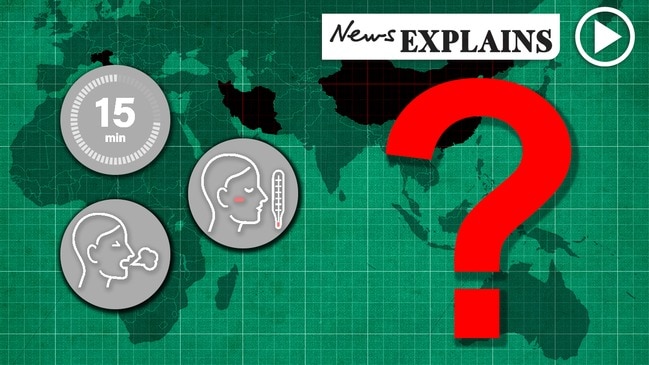Coronavirus: Why isn’t Australia testing more for COVID-19?
Health experts have repeatedly said frequent testing is essential to containing COVID-19. So why is Australia lagging behind?

Health experts have repeatedly stated that frequent testing is an essential part of containing COVID-19.
Countries that have most effectively contained the deadly virus, like Singapore, Taiwan and Hong Kong, all have this in common; they test people frequently and efficiently.
Last week, WHO director general Tedros Adhanom Ghebreyesus warned that countries were not testing frequently enough for the virus, likening it to “fighting a fire blindfolded”.
But Australia is still yet to implement wide-scale testing, despite proof that it works to contain the outbreak.
Here, the criteria remains limited to:
– People who have travelled in the last 14 days and are exhibiting flu symptoms
– People who have come into contact with a confirmed COVID-19 case
– Anyone exhibiting symptoms of an unexplainable pneumonia
– Healthcare workers who are exhibiting symptoms
A medical panel is considering expanding testing criteria further.

Physician and ABC broadcaster Dr Norman Swan said that our current criteria for testing was limited.
“It doesn’t find people who might be pre-symptomatic – that is, the couple of days before they develop symptoms,” he told the public broadcaster’s Coronacast podcast. “It doesn’t tell you how many children have it, and they’re spreaders in the community. There’s a lot we don’t know and we’re testing in a relatively passive way.”
Part of the problem, he explained, is that Australia was relying on overseas manufacturers for our testing kits.
“The problem here is resourcing the testing, and we don’t have mass manufacturing facilities to do it en masse,” he said.
He also noted that doctors and nurses who did the testing get abused, but concluded: “We should be doing more than we are.”
World Health Organisation advisor and infections control expert Professor Mary-Louise McLaws told news.com.au Australia “needs to start learning rapidly” from countries that have implemented advanced widespread testing measures.
South Korea, for example, just reported its lowest number of new cases since infection rates peaked four weeks ago.
Nearly 20,000 people are tested every day for the virus in South Korea.
This aggressive use of technology and mass testing has allowed the country to lower its infection rate.
“They have drive-through testing. Their testing is enormous. When the tests are done, they put people into a central venue away from their families, and this helps keep family clusters low. We could have family clusters here in Australia but I’m hoping they’ll be small,” she said.
Prof McLaws also praised China and Hong Kong’s decisive approaches to testing, noting that they learned from the SARS outbreak of 2002-03 and reacted accordingly.
“That’s why Hong Kong implemented such widespread testing. That’s why Wuhan put up its border straight away.
“Like them, we need to start learning rapidly.”
According to The Guardian, Australian regulators have urgently approved rapid testing kits that allow doctors to screen patients for the virus within just 15 minutes.
The approvals could allow doctors to significantly increase the number of people who can be tested for COVID-19.

There have been 147,000 tests done so far in Australia, the equivalent of more than 0.5 per cent of the population, which is higher than South Korea on a per capita basis.
Our positive test result rate is the lowest of any major country.
About 160,000 more test kits recently arrived and more are on the way.
Australian Prime Minister Scott Morrison said the arrival of additional coronavirus testing kits last week had ensured “immediate supply requirements”, but stressed the need to use them carefully and sparingly.
More Coverage
“We have got the lowest test positivity in the world … (but) we need to be judicious in the way that we use these testing kits,” he said.
Australian Chief Medical Officer Professor Brendan Murphy said the government was investing $1.1 billion in purchasing additional stocks, including antivirals and antibiotics to prevent transmission of the virus.
Experts fear the number of cases in Australia is still doubling too frequently – at roughly every three to four days. In a better-case scenario, it should be doubling at six days or more.




